Old News
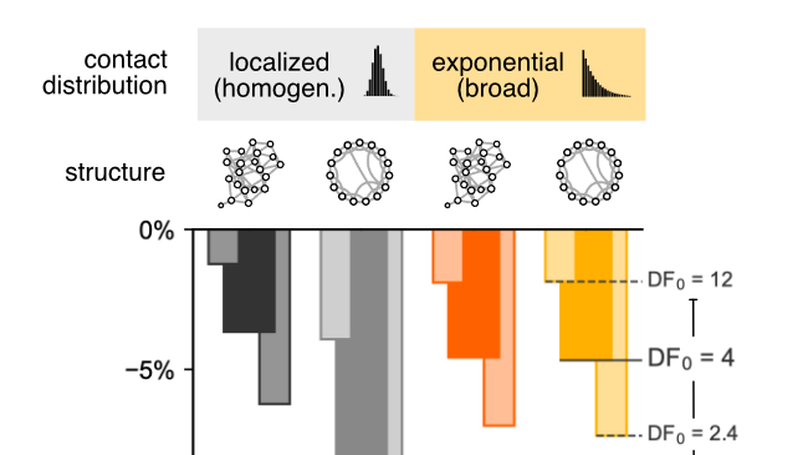
Digital contact tracing (DCT) applications have been introduced in many countries to aid the containment of COVID-19 outbreaks. Initially, enthusiasm was high regarding their implementation as a non-pharmaceutical intervention (NPI). However, no country was able to prevent larger outbreaks without falling back to harsher NPIs. Here, we discuss results of a stochastic infectious-disease model that provide insights in how the progression of an outbreak and key parameters such as detection probability, app participation and its distribution, as well as engagement of users impact DCT efficacy informed by results of empirical studies. We further show how contact heterogeneity and local contact clustering impact the intervention’s efficacy. We conclude that DCT apps might have prevented cases on the order of single-digit percentages during single outbreaks for empirically plausible ranges of parameters, ignoring that a substantial part of these contacts would have been identified by manual contact tracing. This result is generally robust against changes in network topology with exceptions for homogeneous-degree, locally-clustered contact networks, on which the intervention prevents more infections. An improvement of efficacy is similarly observed when app participation is highly clustered. We find that DCT typically averts more cases during the super-critical phase of an epidemic when case counts are rising and the measured efficacy therefore depends on the time of evaluation.
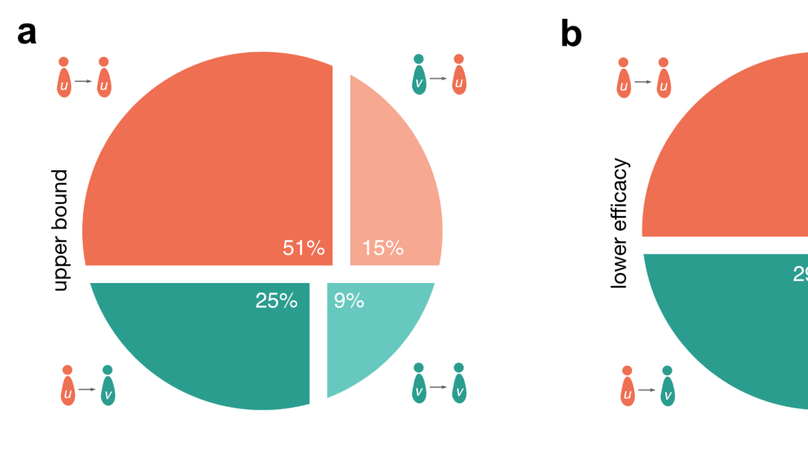
With about 65% of its citizens vaccinated at the time, Germany experienced a large wave of COVID-19 in the fall of 2021, regionally overburdening the healthcare system. We are interested in how much this crisis was driven by infections in vaccinated versus unvaccinated peo- ple. We use a mathematical model to show that transmission of the disease during this period was largely driven by the unvaccinated population, despite representing a smaller pro- portion of the overall population. Our results suggest that higher vaccine uptake, reduced mixing between vaccinated and unvaccinated people, and targeted contact-reduction mea- sures would have been effective measures to control spread at the time. These findings may have implications for how we manage future waves of COVID-19 or other diseases.

Wie können wir die Komplexität der Welt besser begreifen? Klimakatastrophen, Verschwörungstheorien, Artensterben und Pandemien – anhand dieser überwältigenden Probleme könnte man schnell den Mut verlieren. Der Physiker und Komplexitätsforscher Dirk Brockmann blickt aus der Vogelperspektive auf diese Phänomene und fragt: Was haben Waldbrände mit Populismus, Vogelschwärme mit menschlichem Verhalten gemeinsam? Er macht Verbindungen sichtbar, die einen neuartigen Blick auf die Welt ermöglichen. Die fundamentale Erkenntnis: Überleben und Fortschritt funktionieren nur durch Kooperation. (the podcast is in German)
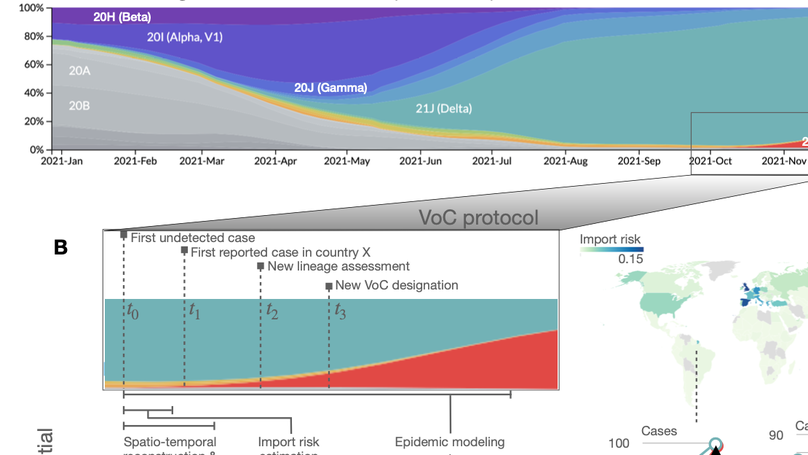
As the coronavirus disease 2019 (COVID-19) spread globally, emerging variants such as B.1.1.529 quickly became dominant worldwide. Sustained community transmission favors the proliferation of mutated sub-lineages with pandemic potential, due to cross-national mobility flows, which are responsible for consecutive cases surge worldwide. We show that, in the early stages of an emerging variant, integrating data from national genomic surveillance and global human mobility with large- scale epidemic modeling allows to quantify its pandemic potential, providing quantifiable indicators for pro-active policy interventions. We validate our framework on worldwide spreading variants and gain insights about the pandemic potential of BA.5 and BA.2.75 sub-lineages. Country-level epidemic intelligence is not enough to contrast the pandemic of respiratory pathogens such as SARS- CoV-2 and a scalable integrated approach, i.e. pandemic intelligence, is required to enhance global preparedness.
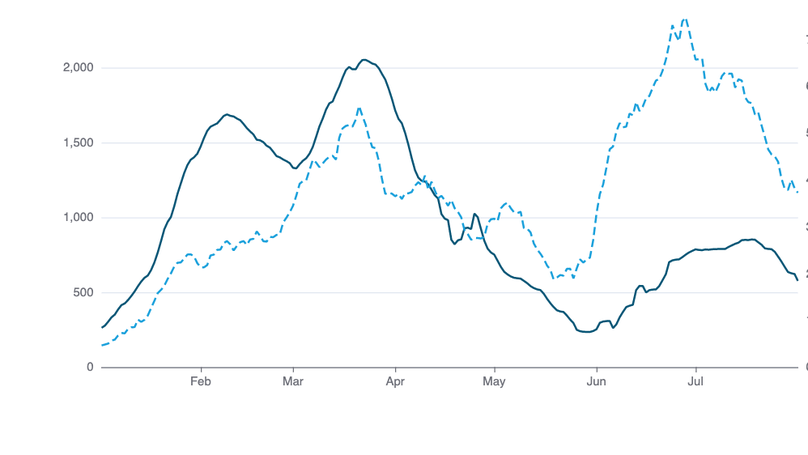
In our recent analysis of data collected in the Corona Data Donation Project, we compared the officially reported cases of COVID-19 with what we obtain by self-reporting and surveys launched in the Data Donation Project. In a nutshell we found that both incidences coincide until April/May 2022. At that time both quantities started deviating substantially.
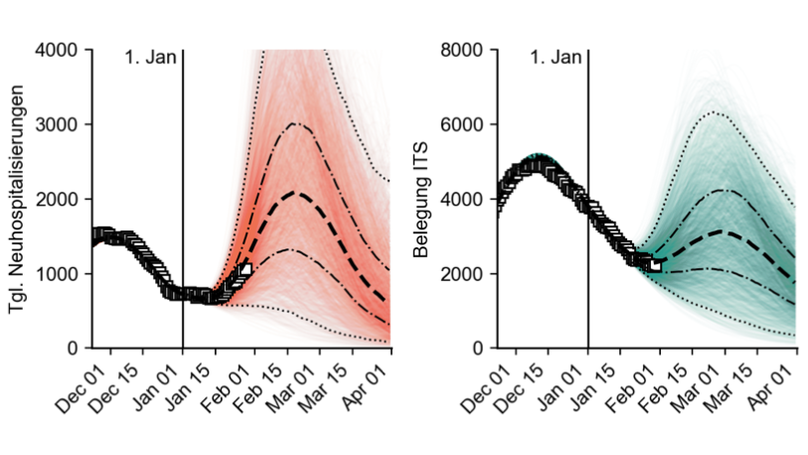
Abstract In November 2021, the first case of SARS-CoV-2 “variant of concern” (VOC) B.1.1.529 (“Omicron”) was reported in Germany, alongside global reports of reduced vaccine efficacy against infections with this variant.
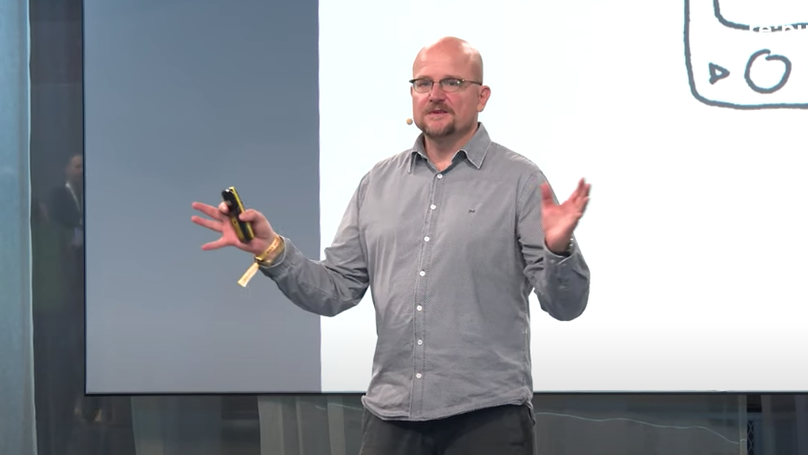
Dirk speaks at re:publica 22 about complexity, anti-disciplinary sciences, aphids that grow wings when infected with a virus, swarms, seeing the forest for the trees, synchronization and networks (the talk is in German)

Prof. Dr. Dirk Brockmann: Was können wir aus der Komplexitätsforschung für soziale Kipppunkte lernen? (the podcast is in German)
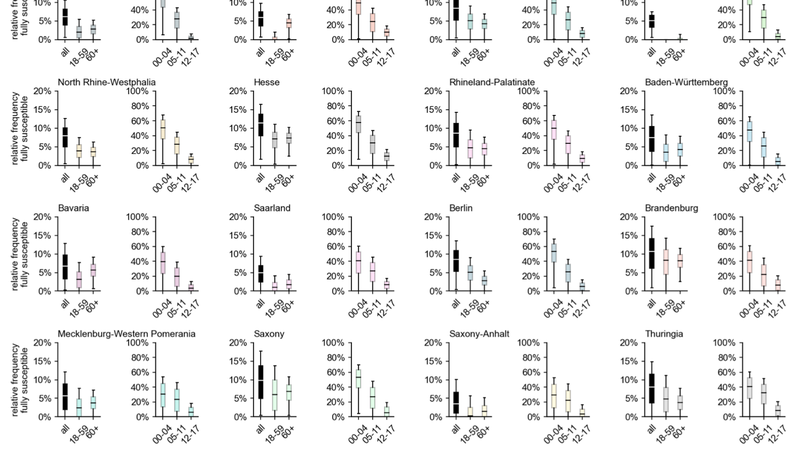
After having affected the population for two years, the COVID-19 pandemic has reached a phase where a considerable number of people in Germany have been either infected with a SARS-CoV-2 variant, vaccinated, or both. Yet the full extent to which the population has been in contact with either virus or vaccine remains elusive, particularly on a regional level, because (a) infection counts suffer from under-reporting, and (b) the overlap between the vaccinated and recovered subpopulations is unknown. Since previous infection, vaccination, or especially a combination of both reduce the risk of severe disease, a high share of individuals with SARS-CoV-2 immunity lowers the probability of severe outbreaks that could potentially overburden the public health system once again, given that emerging variants do not escape this reduction in susceptibility. Here, we estimate the share of immunologically naïve individuals by age group for each of the 16 German federal states by integrating an infectious disease model based on weekly incidences of SARS-CoV-2 infections in the national surveillance system and vaccine uptake, as well as assumptions regarding under-ascertainment. We estimate a median share of 7.0% of individuals in the German population have neither been in contact with vaccine nor any variant as of March 31, 2022 (quartile range [3.6%– 9.8%]). For the adult population at higher risk of severe disease, this figure is reduced to 3.5% [1.3%–5.5%] for ages 18–59 and 4.3% [2.7%–5.8%] for ages 60 and above. However, estimates vary between German states mostly due to heterogeneous vaccine uptake. Excluding Omicron infections from the analysis, 16.1% [14.0%–17.8%] of the population in Germany, across all ages, are estimated to be immunologically naïve, highlighting the large impact the Omicron wave had until the beginning of spring in 2022.
